 https://sosny.com/wp-content/uploads/2025/05/The-Revolutionary-Role-of-AI-in-Document-Management.jpg
1250
2000
Abstrakt Marketing
/wp-content/uploads/2024/04/SOS-Logo-Color-New.png
Abstrakt Marketing2025-05-12 15:20:162025-06-02 20:27:43The Revolutionary Role of AI in Document Management
https://sosny.com/wp-content/uploads/2025/05/The-Revolutionary-Role-of-AI-in-Document-Management.jpg
1250
2000
Abstrakt Marketing
/wp-content/uploads/2024/04/SOS-Logo-Color-New.png
Abstrakt Marketing2025-05-12 15:20:162025-06-02 20:27:43The Revolutionary Role of AI in Document ManagementHow Smart Call Routing Increases Business Efficiency
Responsiveness and efficiency are critical to maintaining a competitive edge. Companies are constantly seeking ways to improve communication workflows, streamline customer service, and maximize the ROI of their business phone systems. One of the most effective ways to achieve all three is through smart call routing, a key feature of modern VoIP solutions that ensures every call reaches the right person at the right time.
Understanding Smart Call Routing
Smart call routing is an advanced telephony feature that automatically directs incoming calls based on pre-defined criteria such as the caller’s needs, time of day, location, or agent availability. Unlike traditional call routing, which often sends calls to the next available line or puts them in a general queue, smart calling uses data and logic-based rules to optimize every interaction.
Through tools like skills-based routing, time-based routing, and CRM integration, smart call routing enhances both customer experience and internal efficiency. The system analyzes incoming call data in real-time and uses intelligent algorithms to route each call to the most appropriate agent, department, or location, increasing first-call resolution rates and minimizing delays.
The Role of Smart Call Routing in Enhancing Business Efficiency
Integrating smart call routing into your communication infrastructure improves the customer journey and makes internal operations leaner and more responsive. Here are some of the key ways smart routing enhances business efficiency.
Skills-Based Routing
Skills-based routing matches incoming calls to the agent best equipped to handle the issue based on their training, expertise, or language proficiency. By avoiding unnecessary call transfers and reducing resolution time, this method increases productivity and creates a more personalized experience for the customer. Businesses can resolve inquiries faster, freeing general support agents for less complex tasks.
Time-Based Routing
With time-based routing, calls are directed according to the time of day or week, ensuring availability even outside normal business hours. This ensures that calls are forwarded to alternate branches, on-call staff, or voicemail with clear messaging when no one is available. It reduces missed opportunities and supports businesses operating across multiple time zones or with flexible work schedules.
CRM Integration
Smart call routing systems that integrate with CRM platforms allow for contextual, data-driven interactions. When a call comes in, the system can pull up relevant customer data, including past interactions, purchase history, or open support tickets, and direct the call to an agent with the most relevant context. This streamlines workflows and reduces time spent gathering information.
Call Prioritization and Tiered Support
Advanced routing logic can assign priority levels to different types of callers, such as VIP clients or urgent support requests. Calls can then be routed to higher-tier support teams or managers, ensuring that critical issues are resolved promptly while lower-priority inquiries follow standard routing paths. This maximizes agent time and improves service quality for high-value interactions.
Enhanced Customer Experience
The efficiency of smart call routing directly translates into better customer satisfaction. By minimizing wait times, reducing call transfers, and providing faster access to the right support, businesses deliver a more seamless and professional experience—one that keeps customers coming back.
Discover how upgrading your business phone system with smart call routing can improve customer satisfaction, boost efficiency, and drive stronger business results.
Smart Calling vs. Traditional Call Routing
While traditional call routing systems have served businesses for decades, they often lack the flexibility and intelligence that today’s dynamic organizations require. Here’s how smart call routing compares to outdated methods.
Manual Transfers vs. Automated Intelligence
Traditional systems rely heavily on receptionists or auto-attendants to manually transfer calls, leading to delays and misdirection. Smart calling, on the other hand, automates routing based on defined rules and real-time data, reducing human error and speeding up call handling.
General Queues vs. Targeted Routing
Older systems typically funnel all calls into a general queue regardless of the caller’s needs. Smart call routing assesses the caller’s intent or profile and directs the call to the best available resource, eliminating unnecessary steps and reducing frustration.
Static Schedules vs. Adaptive Logic
Traditional routing often uses static forwarding rules that don’t account for staff availability, holidays, or time zones. Smart routing adapts in real-time, dynamically redirecting calls based on current conditions, ensuring calls are always answered efficiently.
Isolated Systems vs. Integrated Communication
Most legacy systems don’t communicate with CRMs or other digital tools. Smart call routing is often part of integrated business phone solutions that connect voice calls with data platforms, chat, and analytics tools, creating a unified, agile communication system.
Measuring the Impact: Key Metrics to Track Smart Call Routing Performance
To ensure your smart calling system is delivering value, it’s important to track specific metrics that reflect both efficiency and customer satisfaction. These insights help guide optimization efforts and demonstrate ROI.
- First Call Resolution: Measures how often customer issues are resolved in a single call, reflecting routing effectiveness.
- Average Handling Time: Tracks the average time it takes to complete a call, helping assess agent productivity and call complexity.
- Call Abandonment Rate: Indicates how many callers hang up before speaking to an agent, often caused by long hold times or poor routing.
- Customer Satisfaction: Surveys or scores collected after a call help evaluate how well the routing matched the customer’s needs.
- Agent Idle Time: Tracks how long agents are waiting between calls, helping identify imbalances in workload distribution.
- Call Transfer Rate: A lower rate means callers are reaching the right agent the first time, which is a sign of efficient routing.
By regularly analyzing these metrics, businesses can fine-tune their smart call routing strategies and ensure their VoIP solutions support long-term growth and service excellence.
Enhance Your Business Efficiency With VoIP Solutions From SOS
Smart call routing is more than a convenience—it’s a strategic tool that transforms how businesses communicate, collaborate, and serve their customers. By reducing friction, enhancing responsiveness, and maximizing every call’s value, smart calling supports a more productive, customer-focused organization.
At Superior Office Solutions, we help businesses implement reliable, scalable VoIP solutions with advanced smart call routing features. Contact us today if you’re ready to take your communications to the next level and discover how smart business phone solutions can drive efficiency and impact across your organization.











